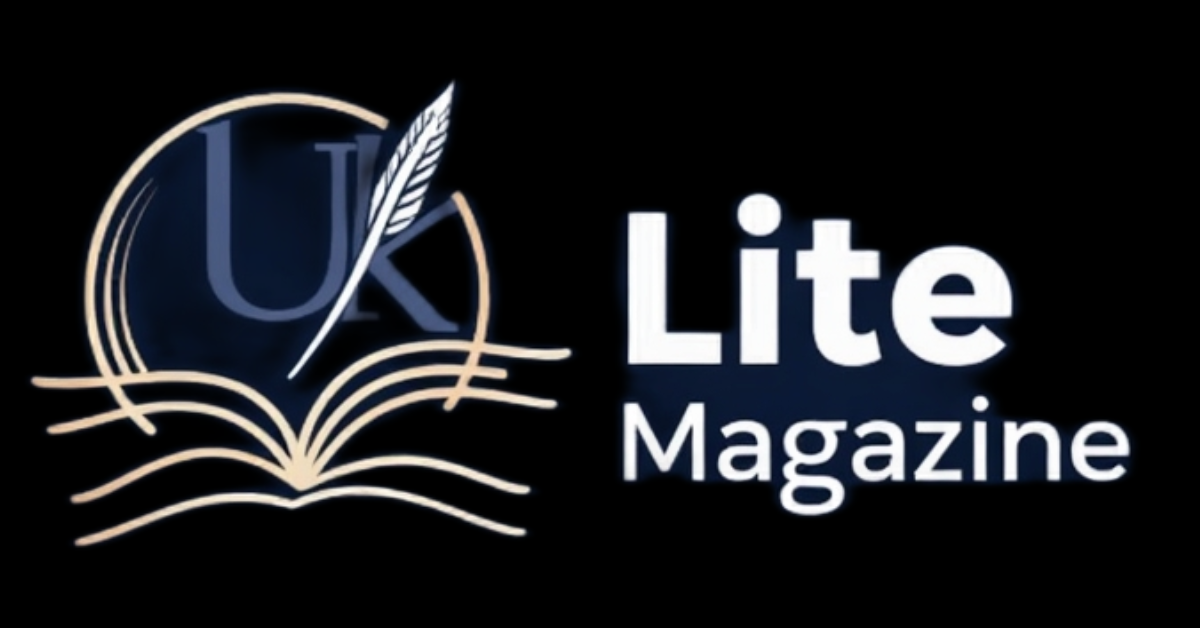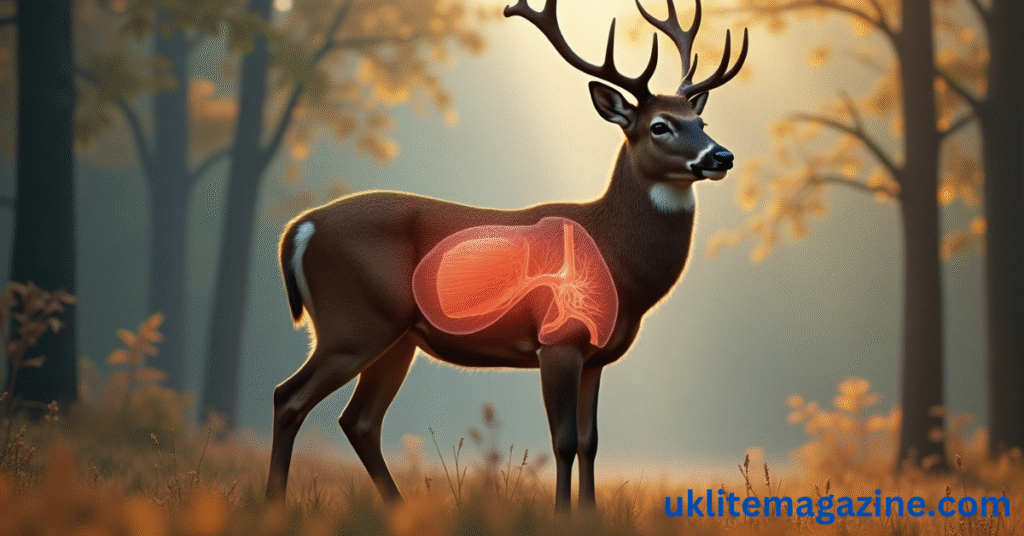Hunting deer is not just about aiming and pulling the trigger. It’s a serious responsibility that requires knowledge, precision, and ethical decision-making. One of the most important things every hunter must learn is where to shoot a deer for a clean, quick, and humane kill.
Whether you’re a beginner or a seasoned hunter, knowing the vital zones on a deer’s body will help ensure a successful hunt while minimizing the animal’s suffering. In this article, we’ll break down the key shot placements, explain why they matter, and provide useful tips in plain language.
Why Shot Placement Matters
A well-placed shot leads to:
-
A quick and ethical kill
-
Less tracking and suffering
-
Better meat preservation
-
Respect for wildlife and hunting ethics
Poor shot placement, on the other hand, can lead to:
-
Wounded animals
-
Long, difficult tracking
-
Loss of the deer
-
Legal and moral issues
Vital Zones on a Deer
Here are the main areas you should aim for when shooting a deer:
| Vital Zone | Description | Why It’s Effective | Recommended Weapon |
|---|---|---|---|
| Heart-Lung Area | Located behind the front shoulder | Quick kill, large target zone | Rifle or Bow |
| High Shoulder (Spine) | Top of the shoulder area | Drops deer instantly if hit correctly | Rifle |
| Neck | Below the jawline or base of the neck | Instant drop if spine is hit | Rifle (only for experienced hunters) |
| Liver (Caution Zone) | Behind the lungs, towards the mid-section | Fatal, but slower death; harder to track | Rifle or Bow |
| Head (Not Recommended) | Small and constantly moving target | High risk of wounding | Not advised |
1. Heart and Lung Shot (Broadside)
The heart-lung shot is the most common and ethical shot placement. It’s located just behind the front leg in the middle of the body. This zone is large and offers a high chance of hitting vital organs.
Best For:
-
Rifle and bow hunting
-
Broadside or slightly quartering-away angles
Pro Tip:
Aim one-third of the way up the body from the bottom when the deer is standing broadside.
2. High Shoulder Shot
The high shoulder shot aims for the spine and major nerve centers. If done right, it drops the deer on the spot. But it requires precise aim and confidence in your shooting.
Best For:
-
Experienced rifle hunters
-
Open-range shots
Note:
This shot destroys more meat, so it’s not ideal if you’re harvesting for food.
3. Neck Shot
A neck shot can be effective if you hit the spinal column. However, the neck is a small target and deer often move their heads, making this a risky option.
Best For:
-
Close-range rifle shots
-
Only for skilled marksmen
Risk:
High chance of wounding if the shot is off by even a few inches.
4. Liver Shot
The liver sits just behind the lungs. While a liver shot is fatal, it often takes the deer longer to expire, and the tracking can be harder. If you shoot a deer in the liver, wait 6–8 hours before tracking to avoid pushing the deer further away.
Best For:
-
Quartering-away shots
-
Backup shot if lungs are missed
Risk:
Longer time to death; requires patience and tracking skills.
Where to Shoot a Deer with a Bow
For bowhunters, the heart-lung zone is still the best target. A broadside or quartering-away shot angle is ideal because it allows your arrow to pass through both lungs.
Tips for Bowhunters:
-
Wait for the perfect angle
-
Use sharp broadheads
-
Practice your shot before the hunt
How to Tell Where You Shot a Deer
Tracking a deer after the shot? Here’s what different signs may tell you:
| Sign | Likely Shot Location |
|---|---|
| Bright red blood with bubbles | Lung shot |
| Dark red blood | Liver or muscle shot |
| Little or no blood trail | Poor shot or hit non-vital area |
| Immediate drop | Spine or neck shot |
Always wait at least 30 minutes before tracking a deer unless you saw it drop.
Conclusion
Understanding where to shoot a deer is essential for a successful and responsible hunt. The heart-lung area remains the top target for both rifle and bowhunters due to its size and lethality. Other zones, like the high shoulder or neck, can be effective but come with more risk.
Practice your aim, understand deer anatomy, and always strive for an ethical kill. Hunting is not just about taking a shot—it’s about doing it right.
Frequently Asked Questions (FAQs)
Where is the best place to shoot a deer?
The best place to shoot a deer is in the heart-lung area, just behind the front leg. It offers a large target zone and leads to a quick and humane kill.
Is a liver shot on a deer fatal?
Yes, a liver shot is fatal, but the deer may not die immediately. It can take several hours, so wait before tracking to avoid pushing the animal.
Where is the best place to hunt deer in the world?
Some of the best places to hunt deer include:
-
United States (Midwest: Iowa, Illinois, Wisconsin)
-
Canada
-
New Zealand (for red deer)
-
Scotland (for roe and red deer)
How do you tell where you shot a deer?
Check the blood trail and watch the deer’s reaction. Bubbly blood indicates a lung shot, while dark blood suggests a liver hit. Minimal blood may mean a poor or muscle shot.
Where to shoot a deer with an arrow?
Aim for the heart-lung area from a broadside or quartering-away angle. Avoid head, neck, or shoulder shots, as they’re harder to penetrate with a bow.

